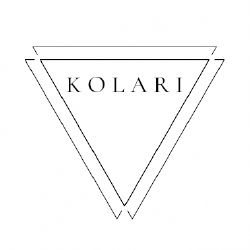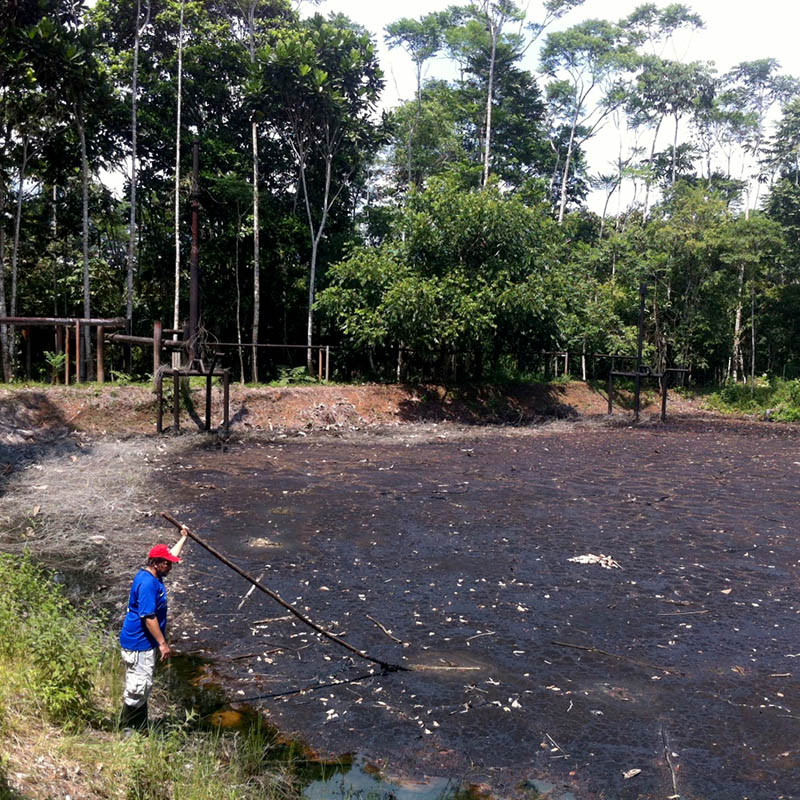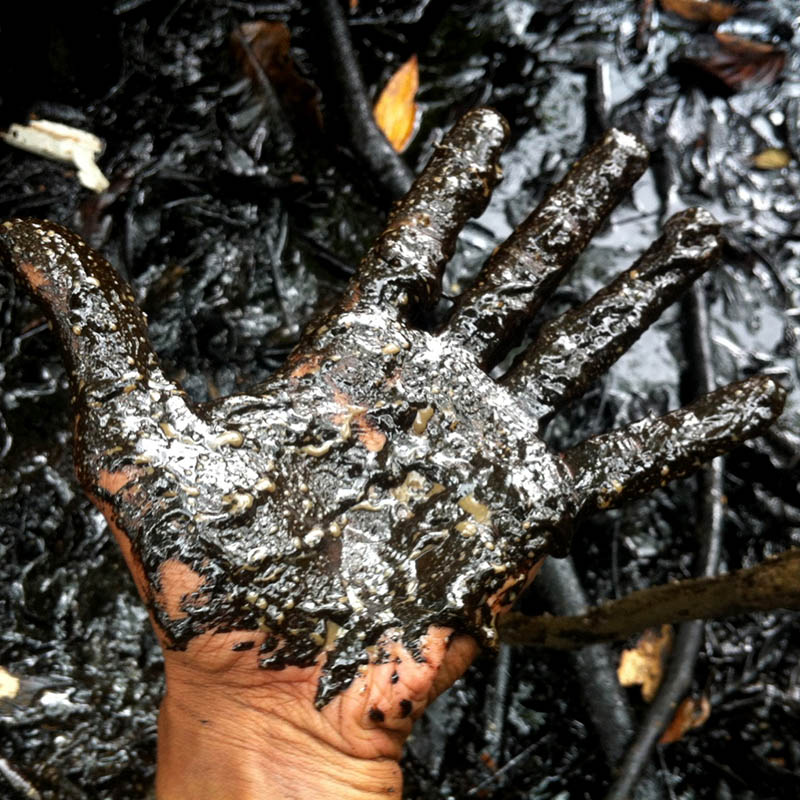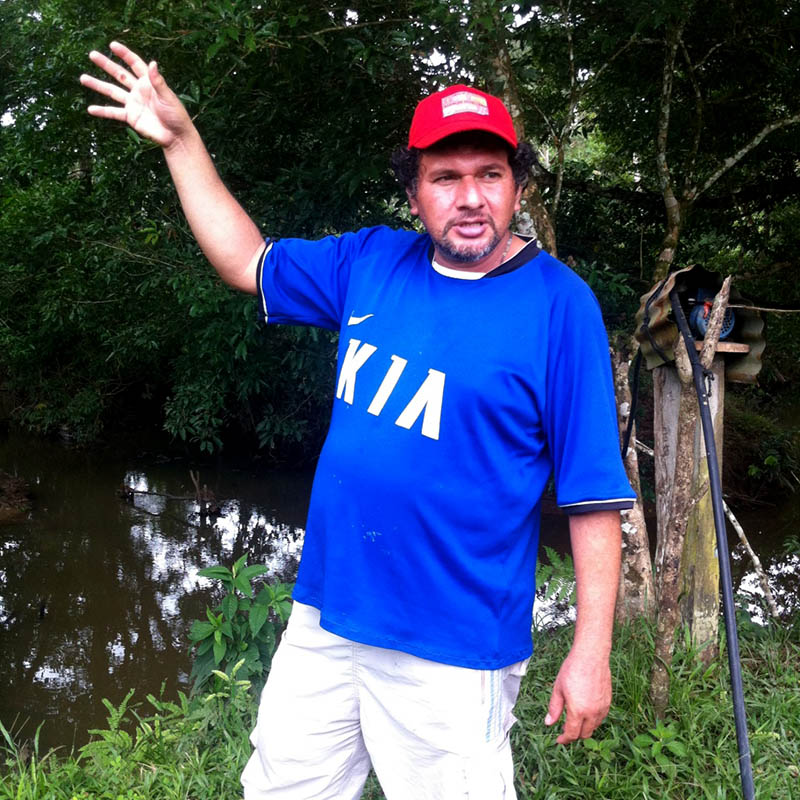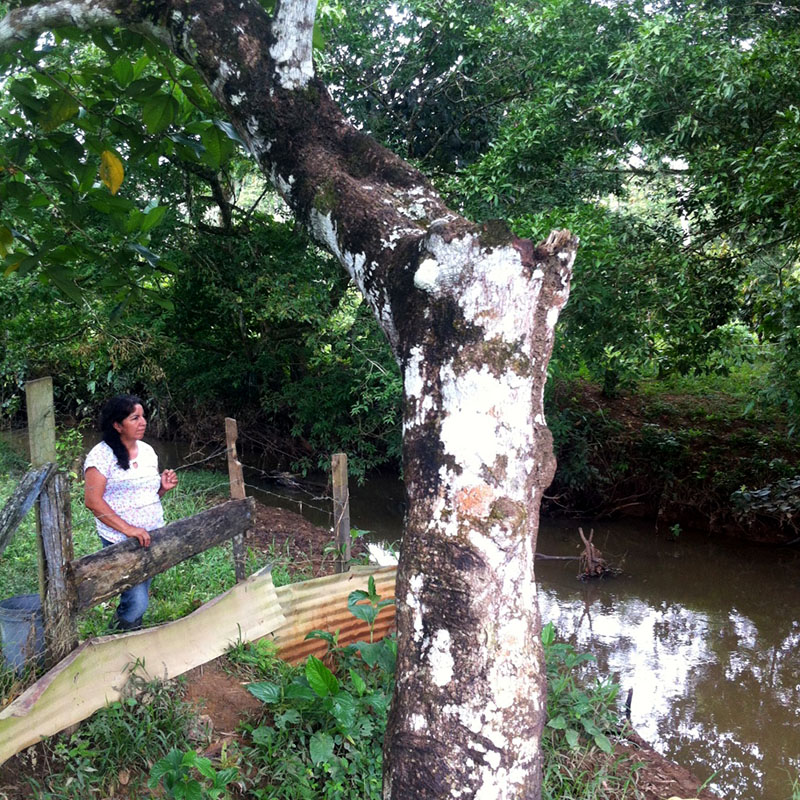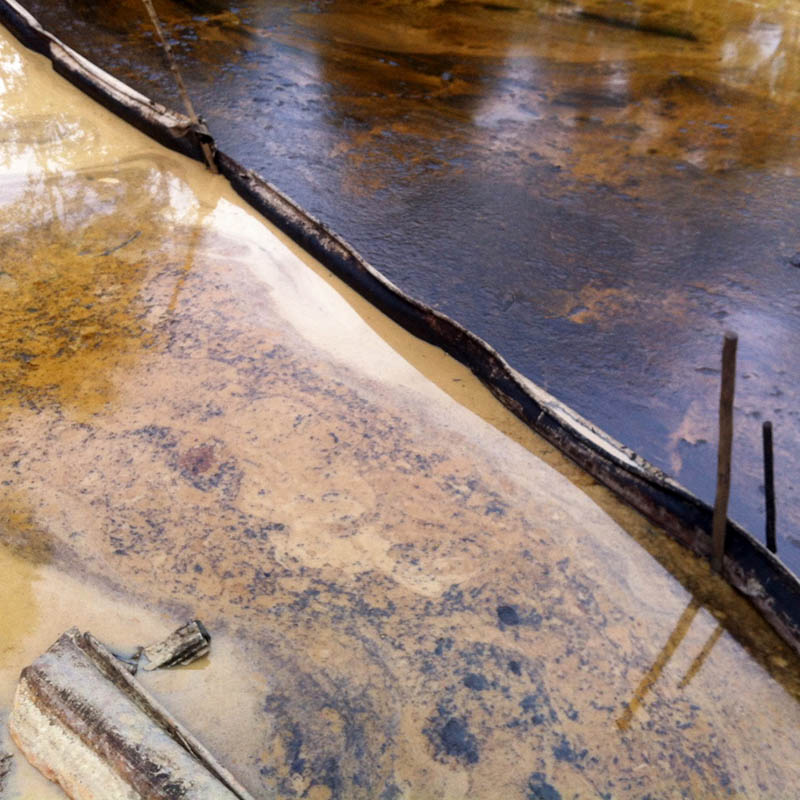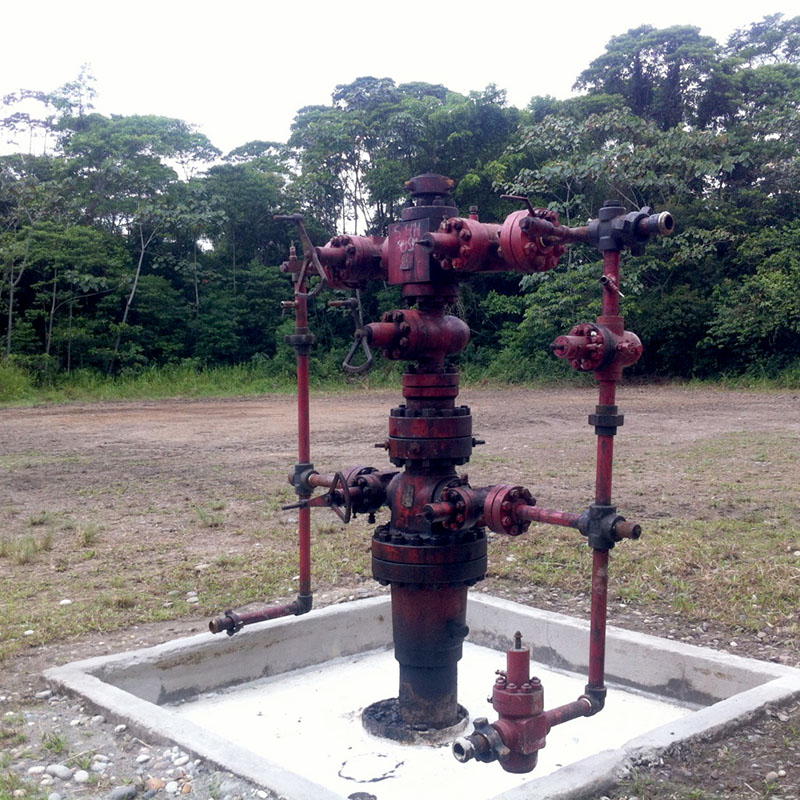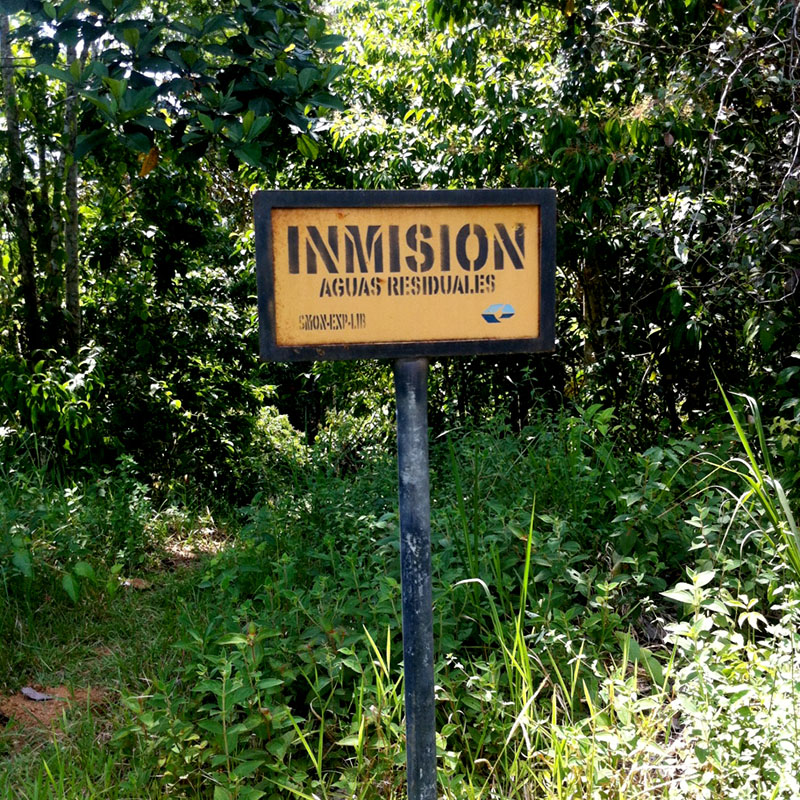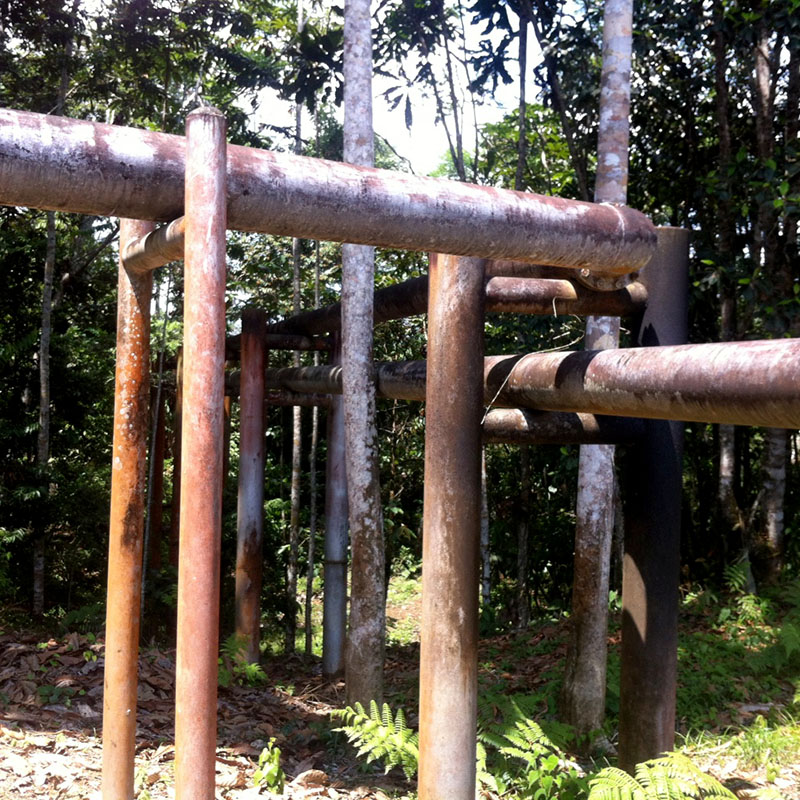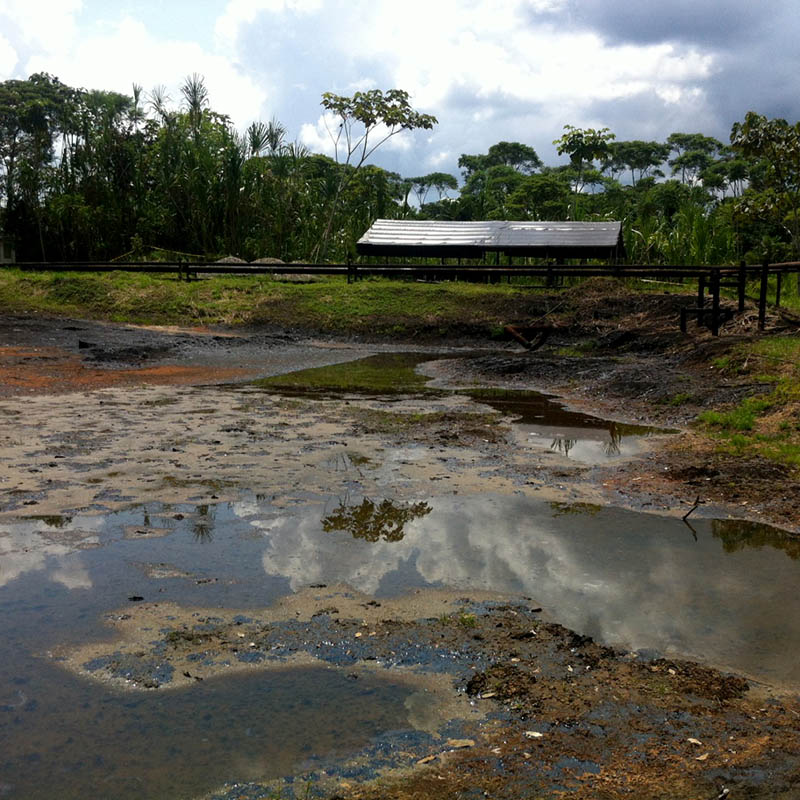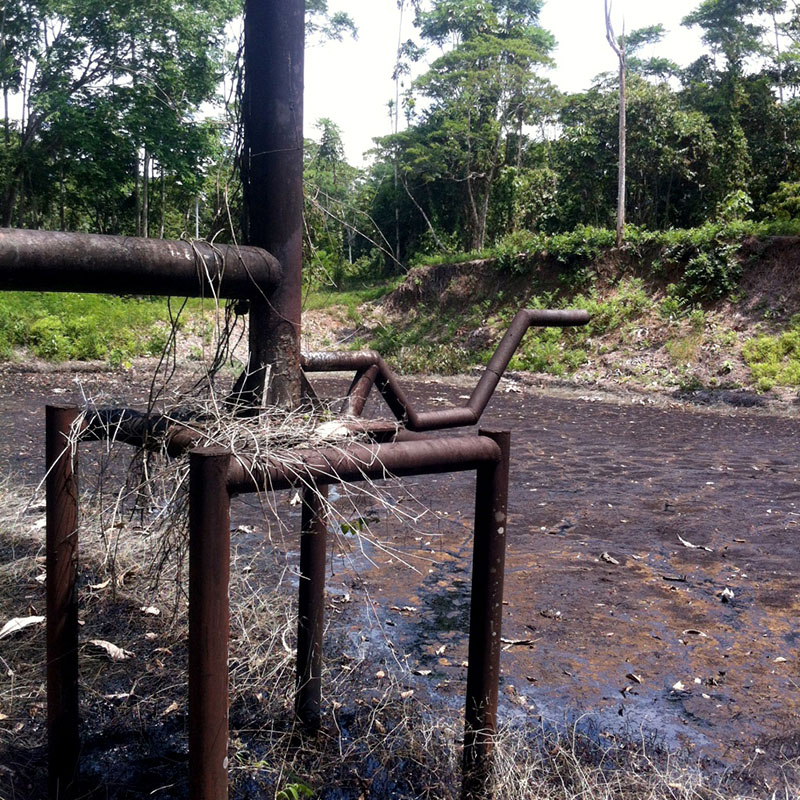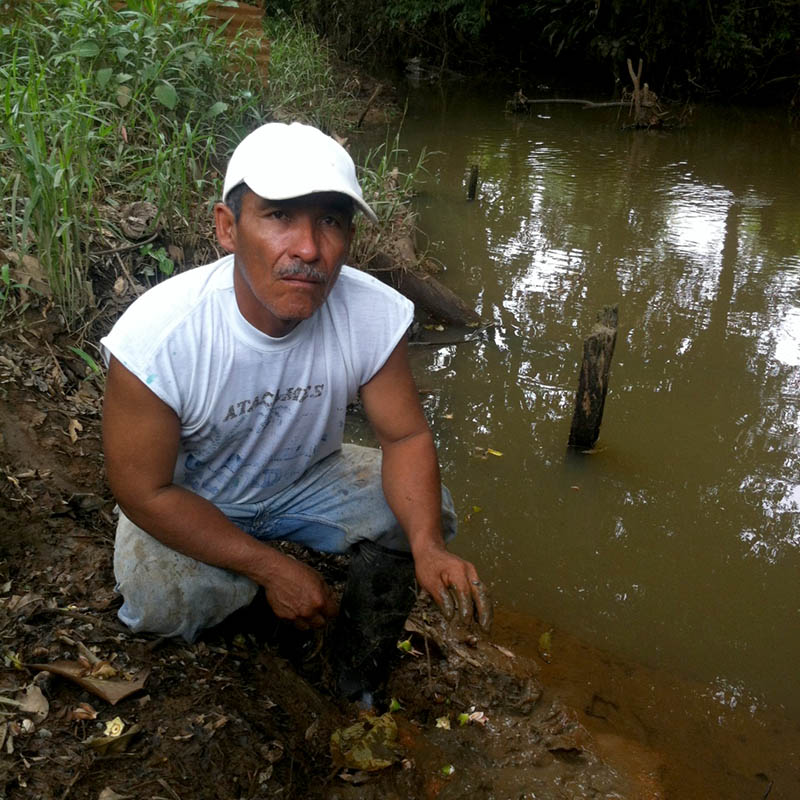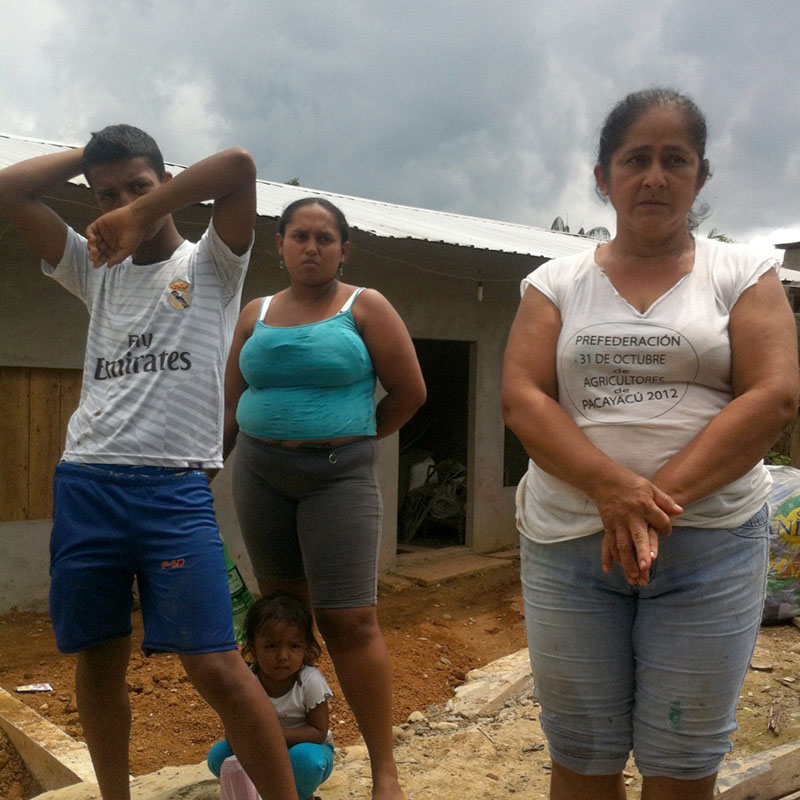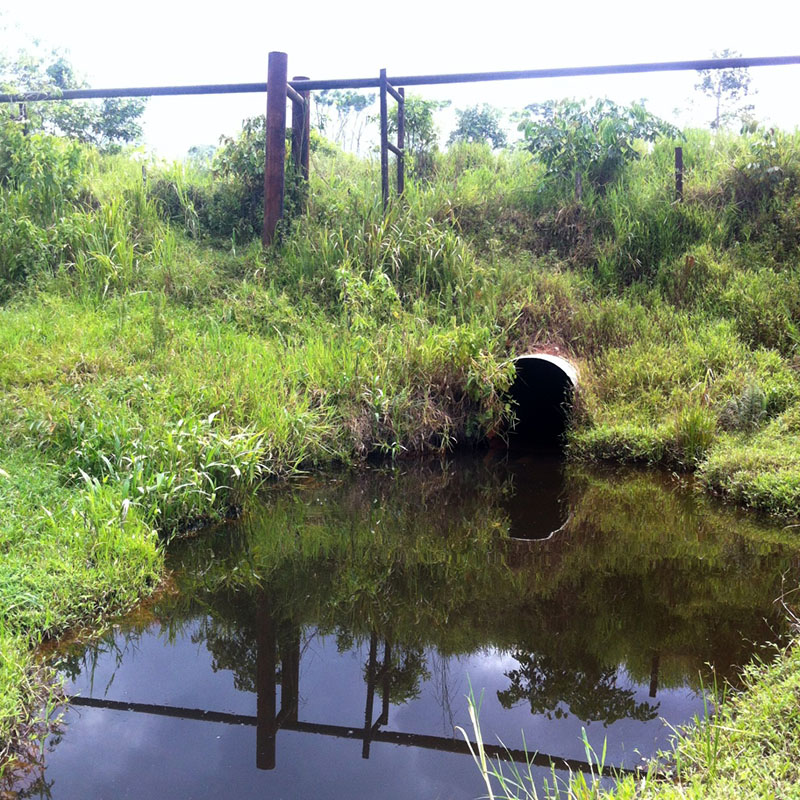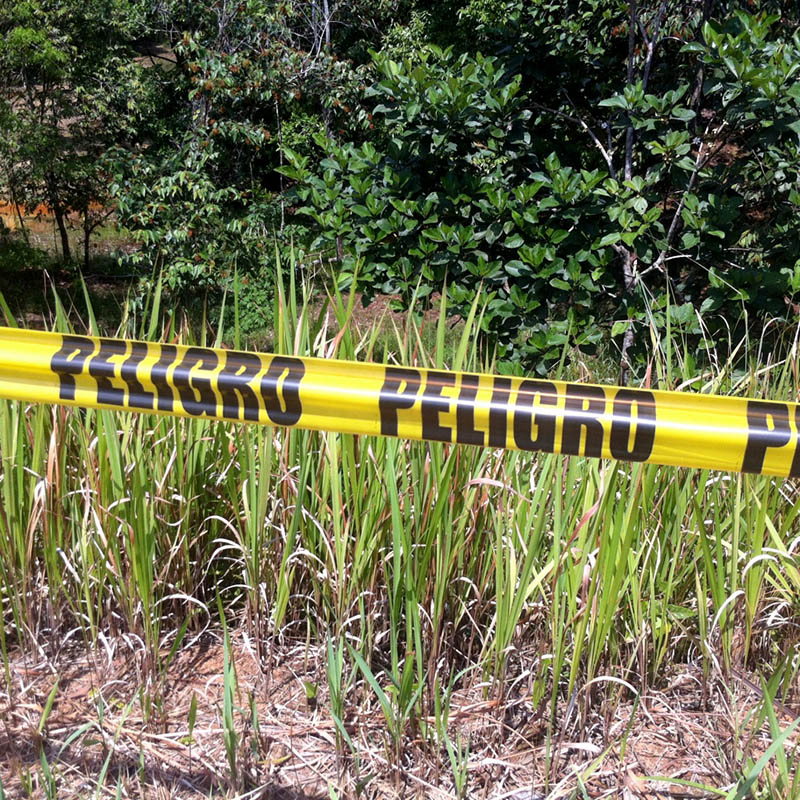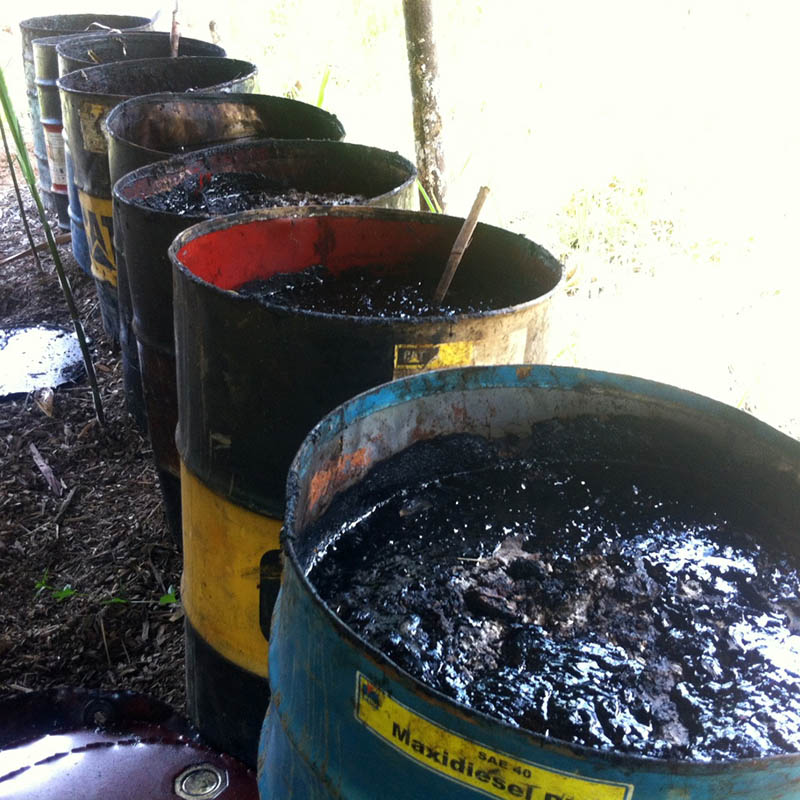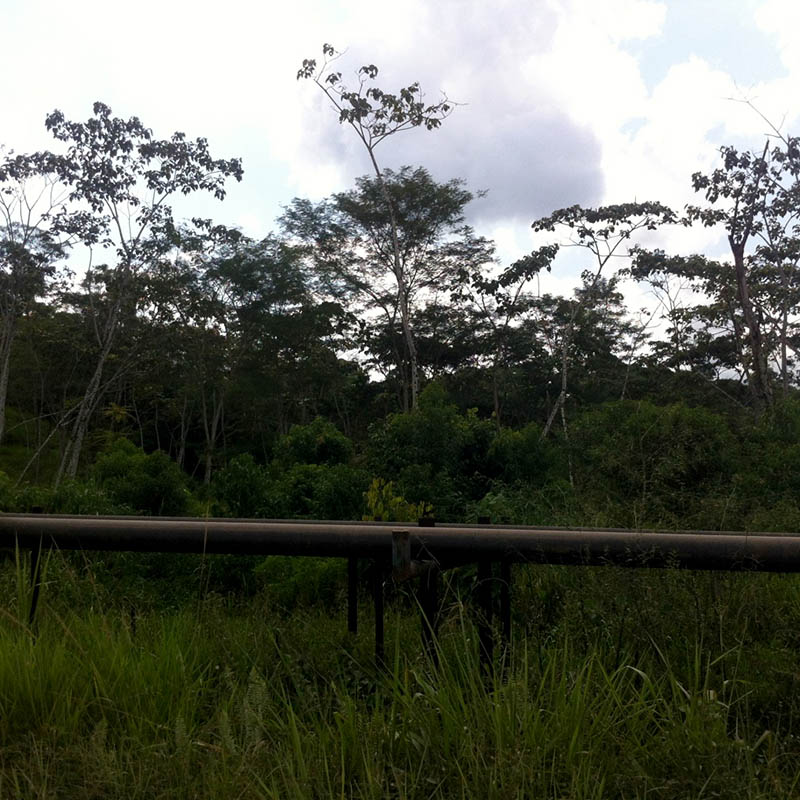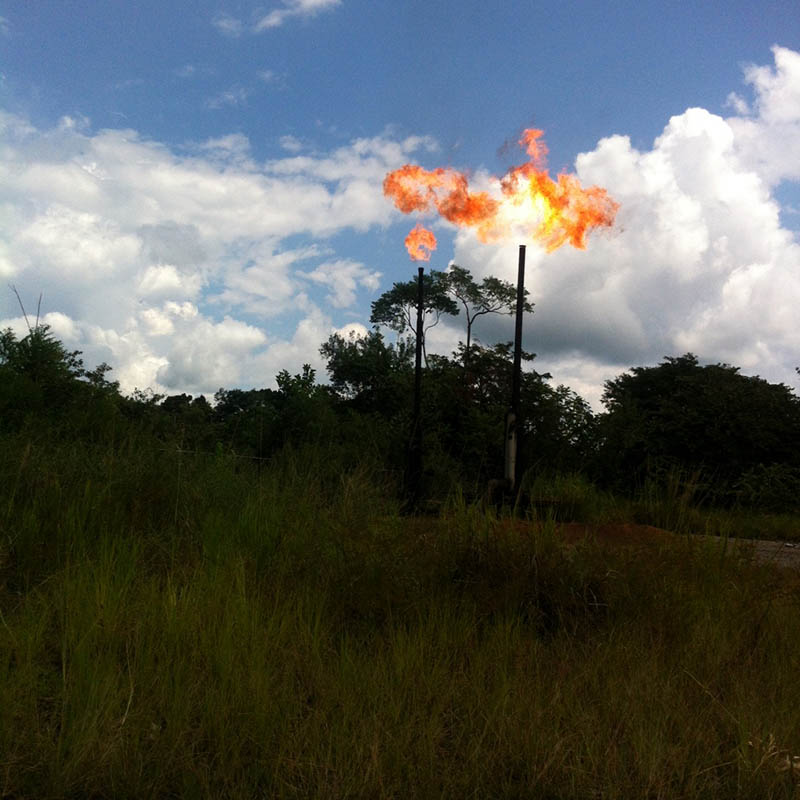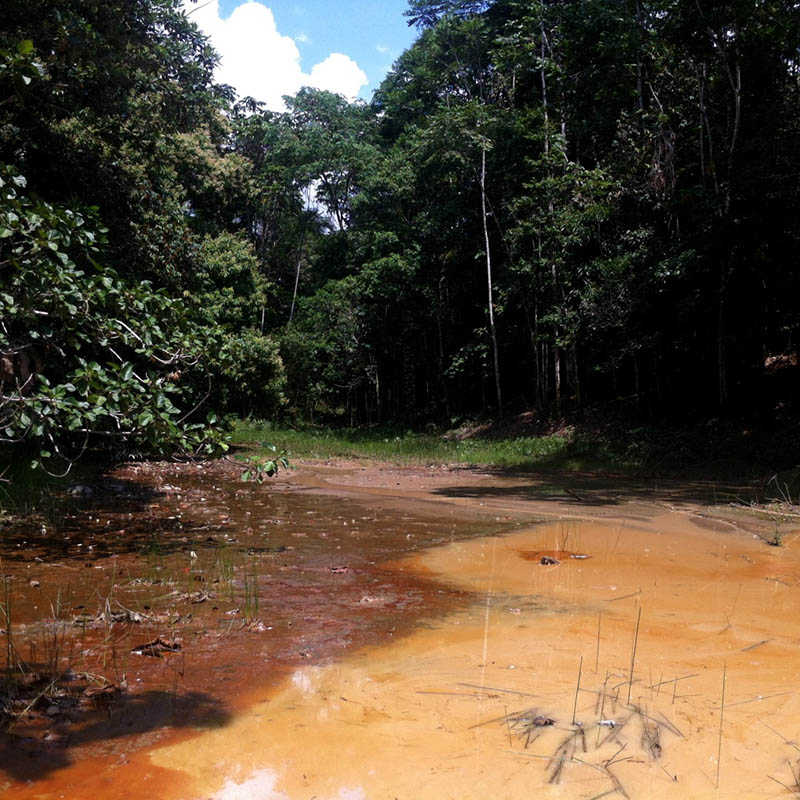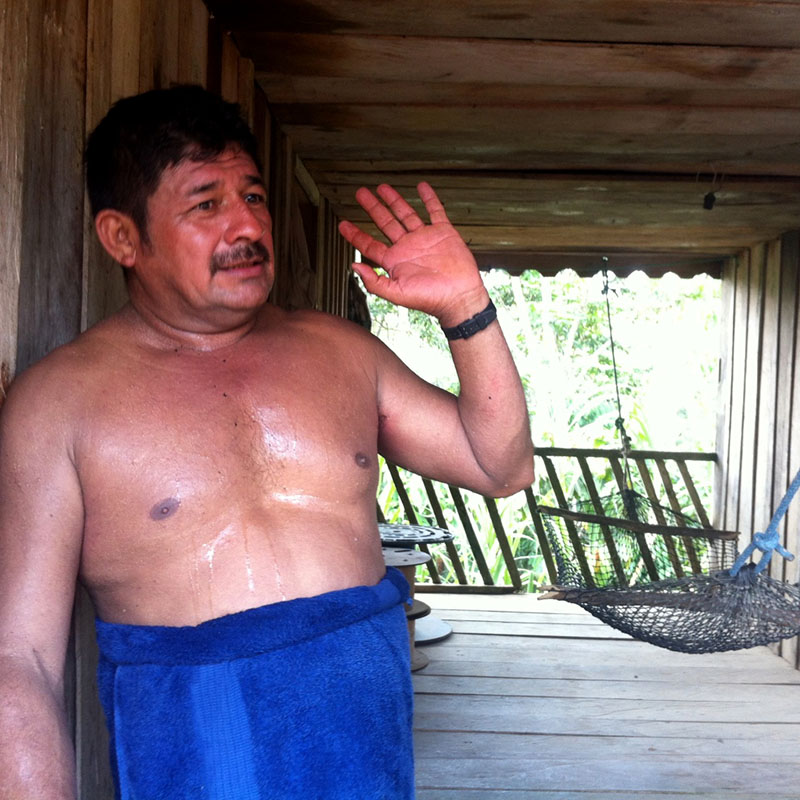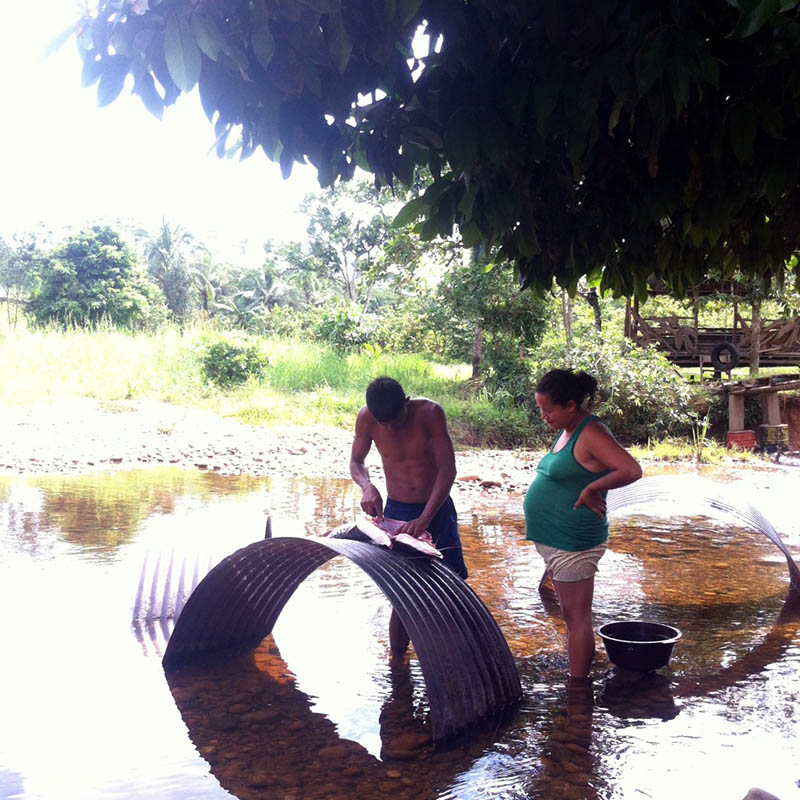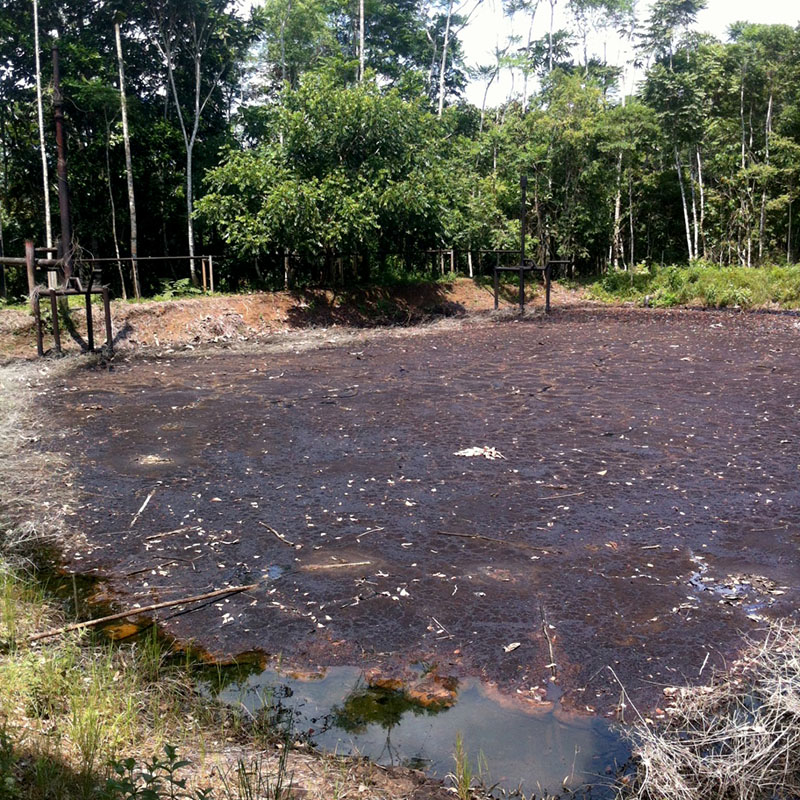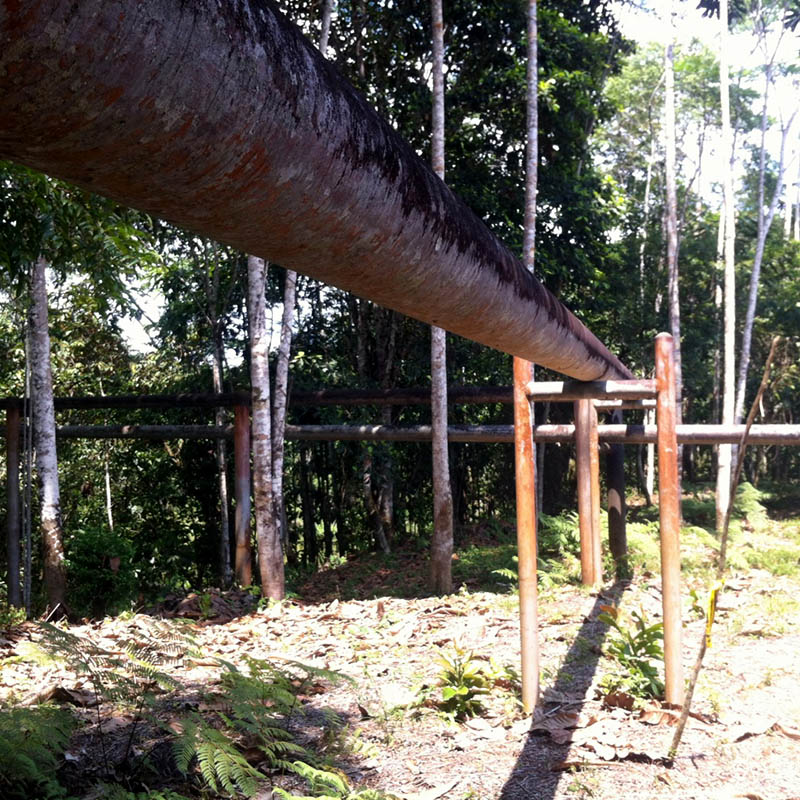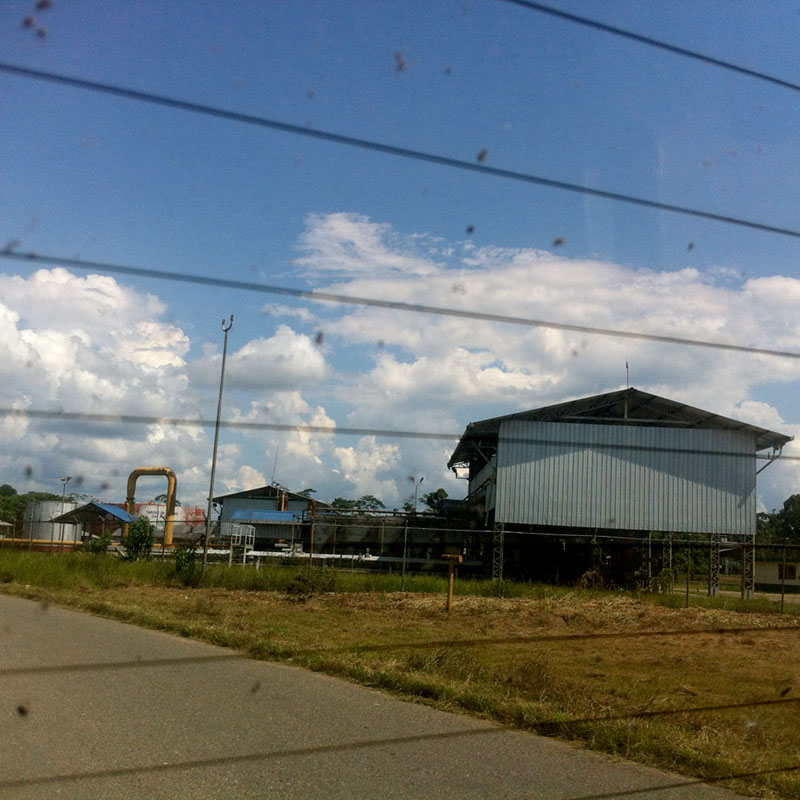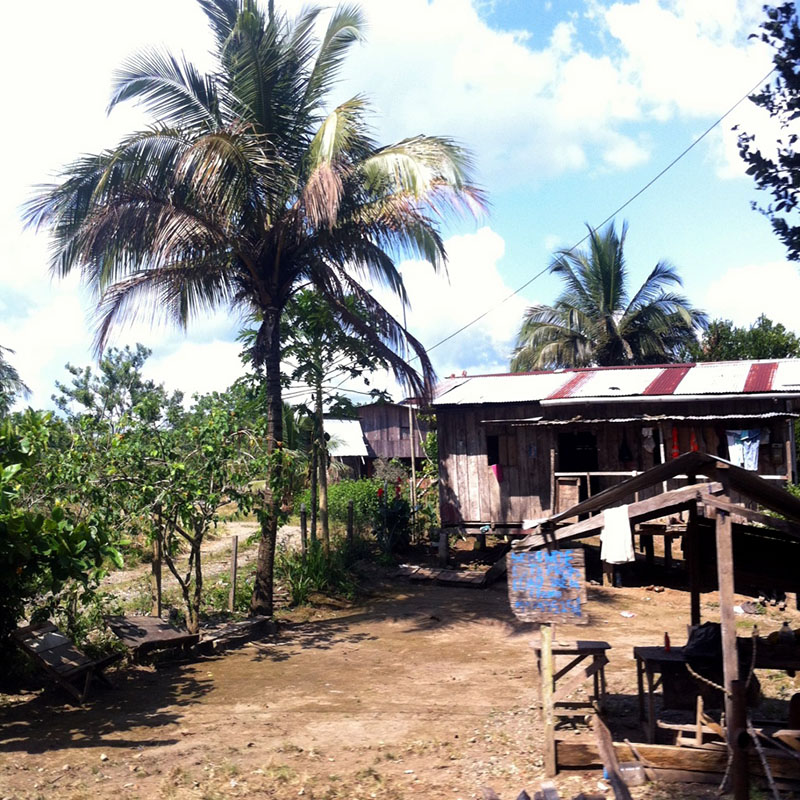Oil Pollution in Ecuadorian Amazon
In 1993, residents of the Ecuadorian Amazon sued Texaco – acquired by Chevron in 2001 – accusing the company of the dumping of around 80,000 tons of oil and toxic residues on their land between 1964 and 1990 during operations in the Lago Agrio region of northeastern Ecuador.
The dumping led to significantly increased rates of cancer, miscarriages and other health problems among the population close to the area. The contamination also had devastating effects on the biodiversity and economy of the inhabitants, who lived off agriculture and fishing.
The company denied responsibility, arguing that the area was cleaned up after it pulled out of Ecuador in 1992. But according to locals, the company just covered the surface of the oil pools and toxic waste pits with dirt. Those toxics later made their way into the water supply.
A US appeals court on Monday (08.08.2016) blocked enforcement of an $8.6 billion (7.8 billion euro) judgment against Chevron over oil pollution in Ecuador’s Amazon rainforest.
In New York, a three-judge panel of the 2nd US Circuit Court of Appeals upheld a 2014 decision, which determined that a ruling ordering damages in Ecuador was based on corrupt conduct.
The Ecuador Supreme Court had ruled in 2011 that Chevron owed $9.5 billion (equivalent at the time) in compensation for dumping more than 18 billion gallons (68 billion liters) of oil and toxic waste in the Ecuadorian Amazonia region, where the company operated for 25 years.
Since Chevron, the fourth-largest oil company in the world, doesn’t hold any assets in Ecuador, plaintiffs have sought to enforce the judgment by going after Chevron’s assets around the world – including in Canada, Brazil and Argentina.
Ecuadorian villagers are still seeking to enforce the judgment in Canada’s Supreme Court.
Lago Agrio, Ecuador.
